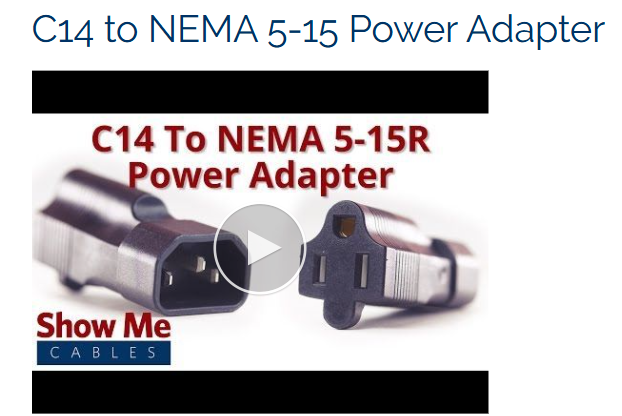I’m probably forgetting someone, but I can recall only one developer over the years who’s said their product needed more than 50-150 hours to settle. That’s Morrow, who details what changes to expect with their cables every 50-75 hours or so up to 400. In my experience, I've encountered only one product that’s needed less than about 300 hours, and that wasn’t a QSA-Lanedri but an Authentic Audio Image USB cable which sounded pretty much the same from hour 1 to 300.
There are 3 characteristics to Veridion treatment that people need to always remain aware of. They have been touched on before but they deserve to be revisited from time to time. They are each potentially controversial depending on what forum you're on but if you fail to properly acknowledge them, they can adversely impact your experience.
1.
Burn-in. Many do not believe in this phenomenon. Some believe the changes you are hearing are due to your brain accommodating to the characteristics of your new cable or component and so they suggest it is more of a "brain burn-in" than a "cable burn-in" that is happening. With QSAL treatment, this cable burn-in is real and it used to be a lot worse. Back in 2021, we applied treatment to a manufacturer's power conditioner. This power conditioner retails for $20k and represented a gentleman's life's work. It was his pride and joy and he knew the characteristics of this power conditioner intimately. After receiving the unit back from Hong Kong after it had been freshly treated, this gentleman and I listened to it together in my system. First impressions were so positive that he gushed and wanted to incorporate the treatment in all of his conditioners moving forward. He took the unit home for further evaluation but I reminded him that he would be in for a roller coaster ride because of burn-in. He refused to buy into that claim. He came back to me a couple of days later visibly upset. This gentleman calibrates and fine tunes his conditioners not by listening to music but by looking at and comparing video and still images. He said this treatment had destroyed his video monitors and that the colors on his monitors were now way off and vowed he would never work with this treatment again. With Veridion, the roller-coaster burn-in is no where as bad as in the past but it's still there. Initially, there are times when it can sound a bit harsh and unnatural. Fortunately, this is a one-time thing and once the worst of the burn-in is completed, you're good to go.
2.
Settling time. This is the bigger issue and it will always exist. It actually exists for every cable but is considerably more prominent with Veridion cables because the impact of this treatment is profound. When you first plug a cable into a component, it doesn't matter who makes that cable, it needs time to settle. It will pass current immediately, that is not the issue, but all cables have resonant qualities and it takes time for a component to equilibrate to the resonant qualities of the conductors within that cable that are audible and visible. We're not talking a great length of time, usually 5-10 minutes although full equilibration can take hours. It's the same concept behind grounding cables, ground boxes, Stillpoints, Critical Mass CS2 footers, etc. You will notice with these devices, their audible and visible impact is predicated on time in the same way that it takes time for a tuning fork that you strike to stop vibrating. This obviously gives you some idea of how Veridion technology works. We no longer are using terms like "super conductor" as measurements have confirmed this technology is not bending any laws of physics but it explains why this treatment has impact even when it is applied to conductors not within the electrical path of a component. This is why it is important that you not do rapid A/B tests when comparing these cables. You need to wait at least 5-10 minutes but ideally a few hours.
3.
Directionality. Again, there are those who do not believe in this phenomenon with cables but feel free to do this experiment for yourselves. Those of you who have purchased a Veridion LAN or HDMI cables, try switching them around. They'll still function but one direction should clearly sound and look better. It is most egregious with the Ultimatum speaker cables. Get the direction wrong and you will think your system is broken.



